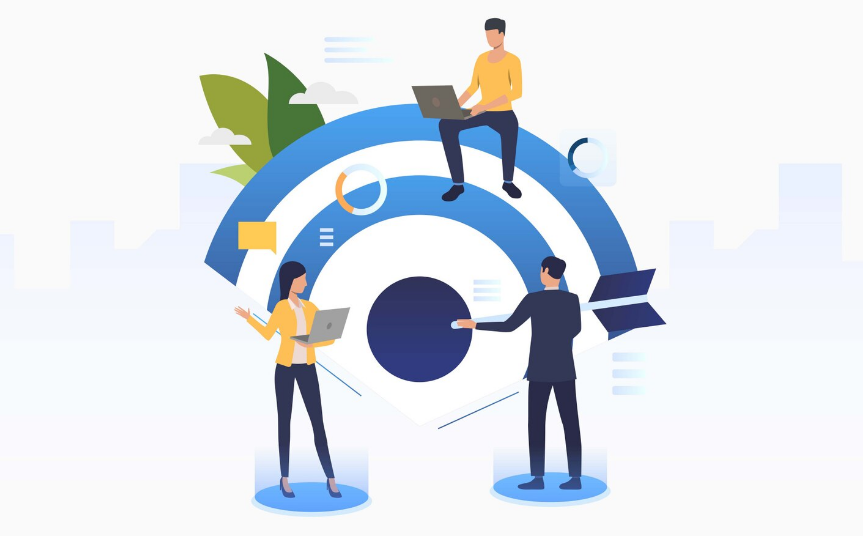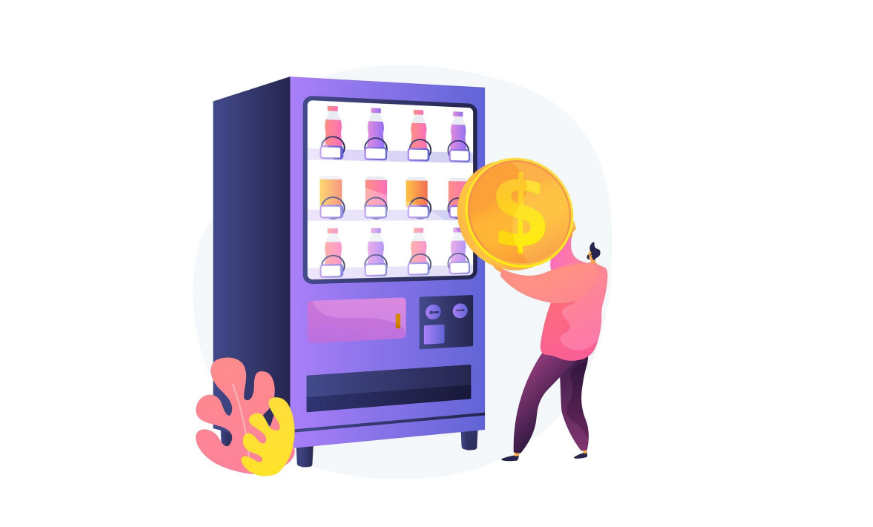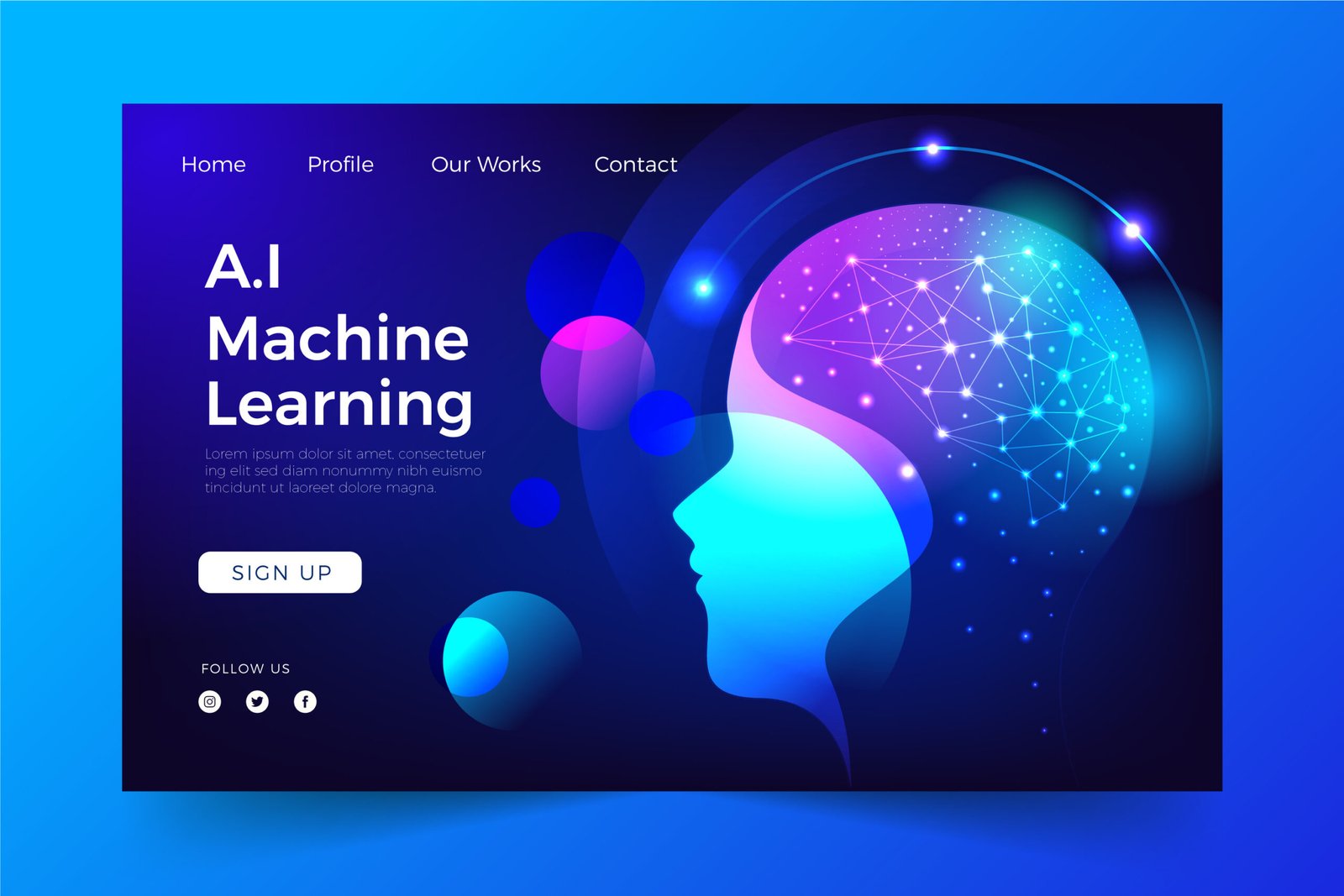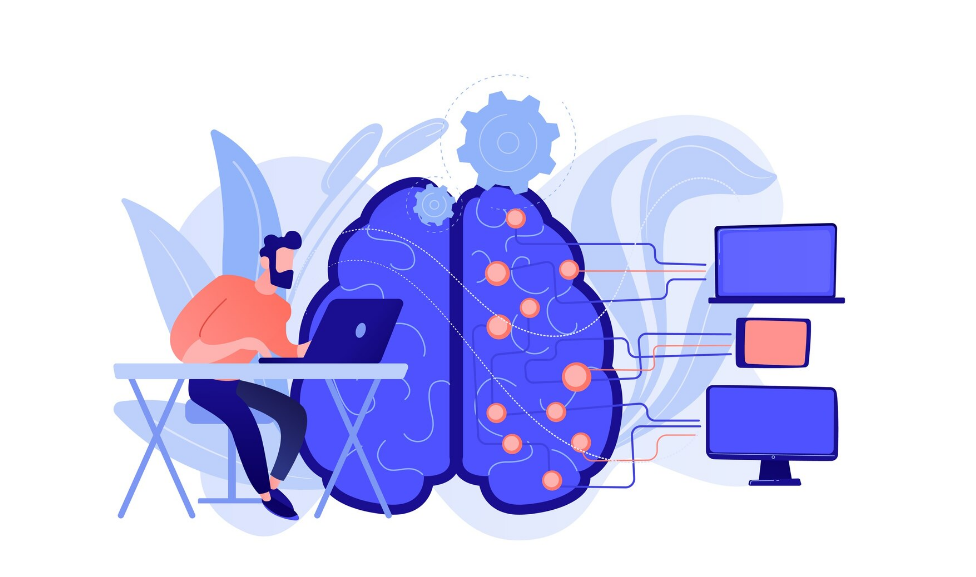Introduction: The B2B Conversion Challenge
In the competitive world of B2B sales, timing and relevance are everything. Businesses can no longer afford to pursue every lead with equal effort. Sales teams need clarity on which prospects are most likely to buy, and they need it fast. This is where AI lead scoring enters the scene — an intelligent, data-driven method that not only identifies high-value prospects but also accelerates deal closures.
The practice of lead scoring is not new. However, traditional models often rely on static rules or subjective judgment, both of which can limit accuracy. By integrating artificial intelligence into this process, organizations can automate scoring, uncover hidden purchase signals, and optimize sales resources for maximum impact.
1. Understanding AI Lead Scoring
Lead scoring is the process of ranking prospects based on their likelihood to convert. Historically, this was achieved using fixed criteria such as job title, company size, website visits, or email engagement. While helpful, these methods cannot keep pace with the dynamic nature of B2B buying behaviors.
AI lead scoring fundamentally changes the game. Instead of relying solely on pre-set rules, it analyzes vast datasets — including demographic, firmographic, behavioral, and intent signals — to predict purchase readiness with higher accuracy. Machine learning models continuously refine these predictions as new data is introduced, ensuring that sales teams are always working with the most current intelligence.
2. Why Traditional Lead Scoring Falls Short
The limitations of conventional lead scoring models become evident when sales and marketing teams find themselves chasing the wrong leads. Three key issues stand out:
- Static Criteria – Manually assigned point systems often fail to adapt to shifting market dynamics.
- Subjectivity – Sales reps might overrate certain leads based on personal bias rather than data-backed evidence.
- Missed Patterns – Without advanced analytics, it’s easy to overlook subtle correlations between behaviors and buying decisions.
AI solves these problems by learning from both historical successes and failures. It identifies patterns that humans might never detect, such as micro-interactions with digital content or nuanced shifts in engagement frequency.
3. How AI Lead Scoring Works
The process of AI lead scoring generally follows a structured flow:
Step 1: Data Aggregation
AI systems pull data from multiple sources — CRM platforms, marketing automation tools, social media, and third-party intent data providers. This holistic approach ensures no critical touchpoint is overlooked.
Step 2: Feature Selection
Not all data points are equally valuable. AI algorithms identify the variables most strongly correlated with conversion, such as decision-maker authority, engagement with high-value assets, or recent industry-specific searches.
Step 3: Model Training
Machine learning models are trained on historical lead outcomes. The system learns which attributes typically appear in leads that convert versus those that drop off.
Step 4: Real-Time Scoring
Once deployed, the AI assigns a dynamic score to each lead in real time, adjusting as new interactions occur. A prospect downloading a case study today, for example, might see their score jump significantly.
Step 5: Feedback Loop
The model continues to learn from ongoing results, fine-tuning itself to improve accuracy over time.
4. Benefits of AI Lead Scoring for B2B Conversions
The adoption of AI lead scoring has tangible business advantages:
- Higher Conversion Rates – By focusing efforts on leads with the highest probability of purchase, teams waste less time on unqualified prospects.
- Faster Sales Cycles – Real-time scoring accelerates decision-making, enabling reps to strike while interest is high.
- Better Alignment Between Sales and Marketing – Objective, data-driven scores reduce disputes over lead quality.
- Enhanced Forecasting – With better insights into buyer intent, organizations can predict revenue outcomes more accurately.
5. AI Lead Scoring in Action: Practical Applications
Let’s consider a real-world scenario. A B2B SaaS provider integrates AI lead scoring into its CRM. The system detects that leads who attend at least two product webinars and interact with pricing pages within a week are 60% more likely to convert. It assigns higher scores to such prospects, triggering automated alerts for the sales team.
This allows sales reps to prioritize follow-ups strategically. Instead of calling 100 random leads, they focus on the 20 with the highest probability of closing, resulting in both higher revenue and greater efficiency.

6. Choosing the Right AI Lead Scoring Tool
Not all AI lead scoring platforms are created equal. Key factors to evaluate include:
- Integration Capabilities – The tool should work seamlessly with your CRM, marketing automation, and analytics stack.
- Transparency – Look for solutions that offer insight into why a lead received a particular score, fostering trust in the process.
- Customization – The ability to adjust scoring criteria and incorporate business-specific data is critical.
- Scalability – As your lead volume grows, the system must handle increased data without slowing down.
Popular solutions include HubSpot’s Predictive Lead Scoring, Salesforce Einstein, Marketo Predictive Content, and AI-driven standalone platforms like Infer or 6sense.
7. Overcoming Common Challenges in AI Lead Scoring
While AI lead scoring offers clear benefits, it’s not without challenges:
- Data Quality Issues – Poor or incomplete data can undermine the accuracy of AI predictions.
- Change Management – Teams may resist adopting AI-driven insights if they distrust automated decisions.
- Over-Reliance on the Model – Human judgment remains essential. AI should augment, not replace, sales expertise.
To mitigate these issues, organizations should invest in ongoing data hygiene, provide training to build trust in AI systems, and maintain a balanced approach to decision-making.
8. The Future of AI Lead Scoring in B2B
The evolution of AI lead scoring is tied to advancements in natural language processing, intent data analysis, and cross-channel attribution. In the near future, we can expect even more granular scoring models capable of predicting not only purchase likelihood but also the optimal engagement strategy for each prospect.
For example, AI could suggest the best time of day to reach out, the preferred communication channel, or the type of content most likely to drive a response — all based on real-time behavioral cues.
Conclusion: A Strategic Imperative for Growth
In the fast-paced B2B environment, the ability to focus resources where they will have the most impact is a competitive advantage. AI lead scoring provides the precision, speed, and adaptability needed to achieve this. By combining the predictive power of machine learning with robust sales processes, organizations can significantly improve conversion rates, reduce wasted effort, and enhance overall customer acquisition strategies.
As the technology continues to mature, its role will shift from being a helpful tool to becoming an indispensable element of high-performance B2B sales ecosystems. The organizations that embrace it now will be best positioned to thrive in an increasingly data-driven marketplace.





